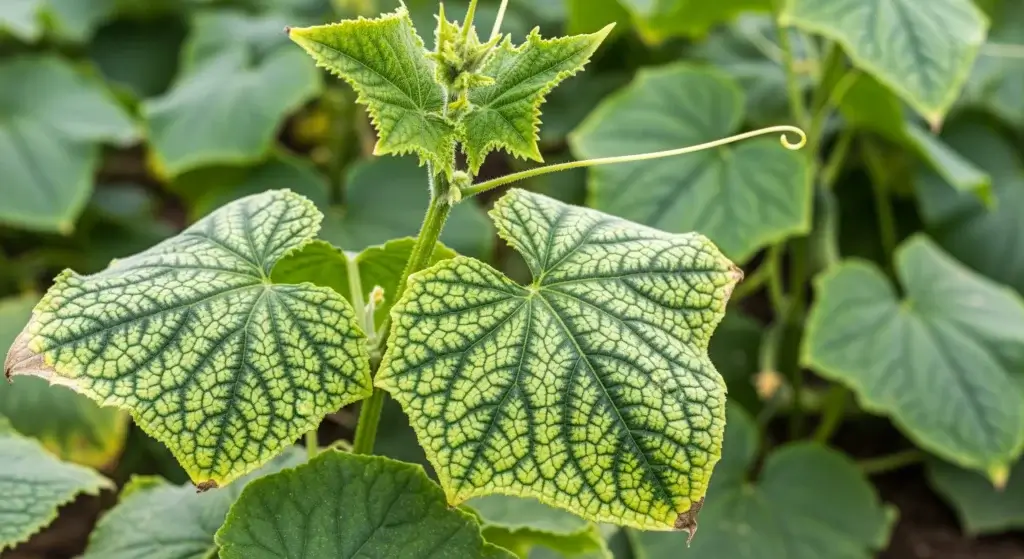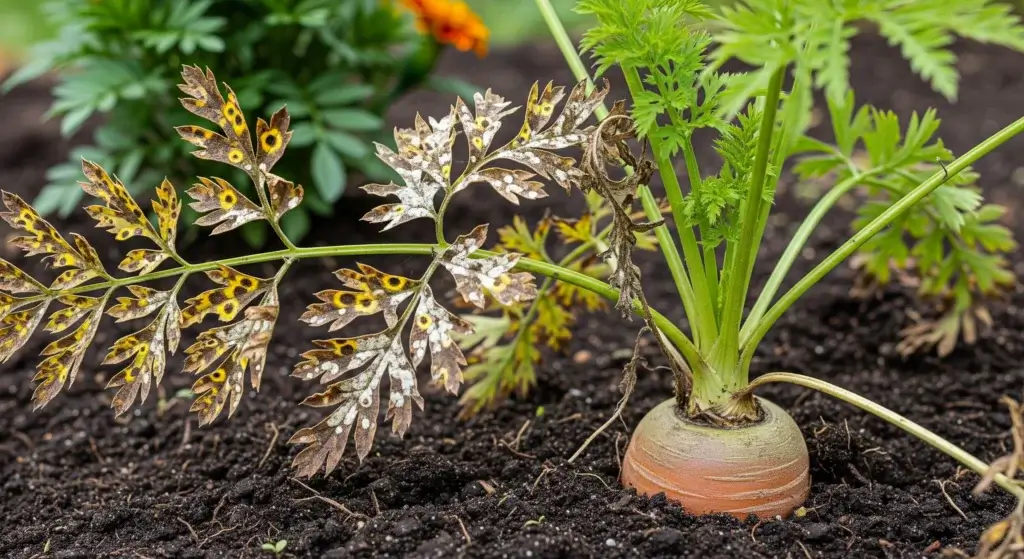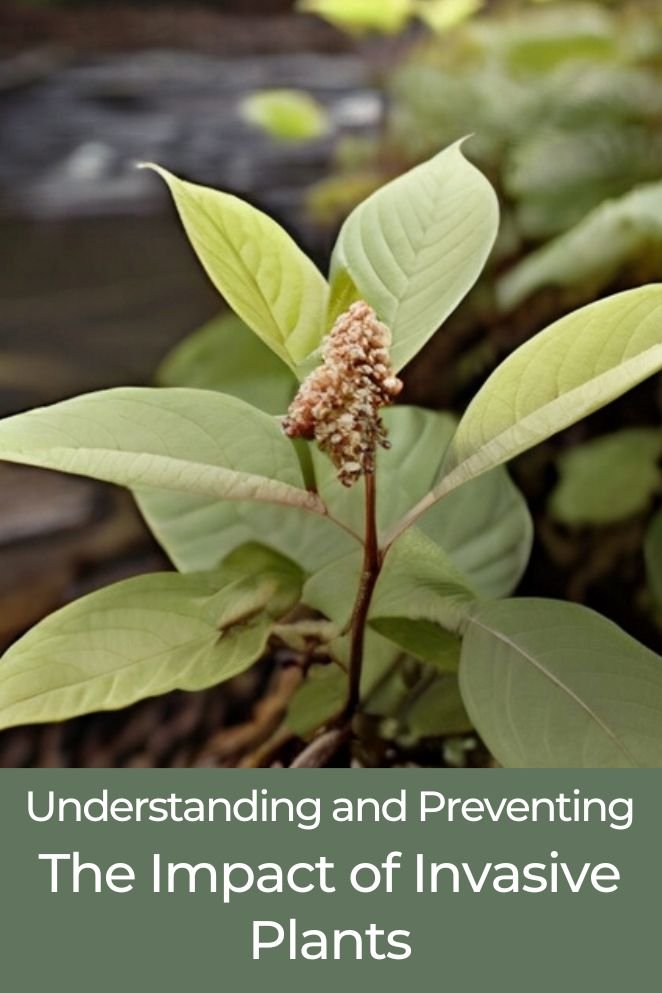
In this blog post, we’ll dive into the fascinating world of invasive plants, examining their distinctive characteristics, exploring prevalent examples in our surroundings, and understanding the pivotal role they play in shaping our environment.
What are Invasive Plants?
Invasive plants are basically non-native species that grow really well in new places and tend to take over.
They can mess up the balance of plants in an area, mess with how things naturally work, and even cause problems for the economy and the environment.
People who work on protecting the environment are pretty worried about invasive plants and do a lot to manage and control them.
- Read also: Stink Bug Plant Damage and How to Protect Your Garden
- Read also: Understanding Thrips and Plant Damage

Characteristics of Invasive Plants
To fully understand the differences, we need to take a closer look at the unique features that make them stand out and examine the outcomes of their impressive ability to adapt.
Here are some characteristics of invasive plants:
Not native to the ecosystem
These plants didn’t originally belong to the environment. It means they were brought in from somewhere else, either on purpose or by accident.
Rapid growth
These species excel in quick growth, outpacing their slower counterparts.
This swift development enables them to swiftly establish themselves in a new environment, overshadowing native plants and reshaping the landscape in their favor.
High reproductive capacity
These plants breed and spread fast. Invasive plants usually make a ton of seeds or have other effective ways of reproducing, which lets them take over new areas in no time.
Lack of natural predators
These plants don’t have natural enemies or diseases in their new surroundings.
This puts them in a better position than native plants, which have evolved with predators and diseases that help control their numbers.
Variety of ways to harm the environment
These plants can cause different kinds of harm to the environment.
They might take up space that native plants need, lower the variety of plants around, mess with the makeup of the soil, and even shift how water moves through an ecosystem.
Tolerance for various environmental conditions
A key feature of invasive plants is their ability to thrive in various environmental conditions.
Whether dealing with different soil types, moisture levels, or sunlight exposure, these plants are like botanical chameleons.
This adaptability enables them to infiltrate and flourish in diverse ecosystems, presenting a challenge for native species that might be more particular in their environmental needs.
Examples of Invasive Plants
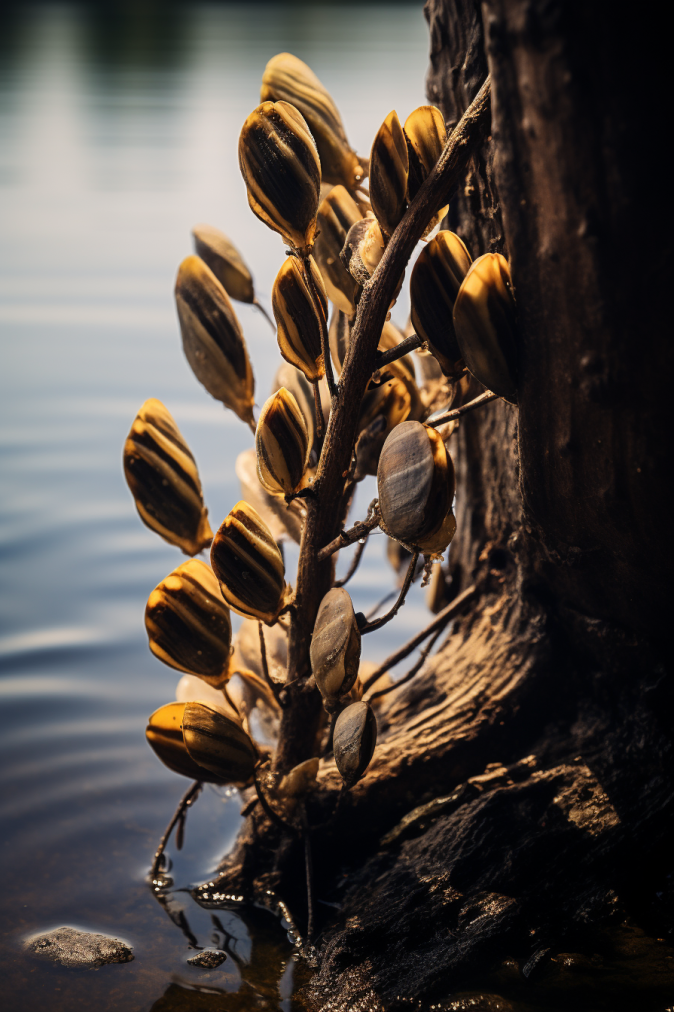
Now, let’s examine a few well-known examples that have significantly impacted ecosystems worldwide.
Japanese Knotweed (Reynoutria japonica)
Famous for its vigorous growth and resilience, Japanese knotweed proves to be a formidable intruder.
Hailing from East Asia, this plant has expanded its reach extensively, creating dense thickets that overpower native plants.
Kudzu (Pueraria montana)
Originating from East Asia, kudzu has earned the nickname “the vine that ate the South” in the United States.
Noted for its quick growth, kudzu has the capacity to overwhelm and block out native plants, turning landscapes into large, uniform green areas.
Zebra mussels (Dreissena polymorpha)
Turning our attention from plants to aquatic intruders, zebra mussels have made a lasting impact on freshwater ecosystems.
Originating from Eastern Europe, these small, striped mollusks have managed to travel to different areas, affecting water quality and surpassing native species.
Their abundant reproduction and capacity to attach to surfaces pose a substantial threat to aquatic biodiversity.
Himalayan balsam (Impatiens glandulifera)
Originally hailing from the Indian Himalayas, this decorative plant has made its presence felt in numerous regions worldwide, including Europe and North America.
Himalayan balsam stands out with its appealing pink flowers, yet its invasive characteristics cause disturbances in riverbank ecosystems.
The quick expansion, boosted by the explosive scattering of seeds, frequently results in the replacement of native plants along riverbanks.
Purple loosestrife (Lythrum salicaria)
Originally from Europe and Asia, purple loosestrife has become a common intruder in North America.
Despite its visually appealing magenta flowers, its vigorous growth can take over wetlands, pushing aside native plants.
This disturbance impacts the homes of local wildlife and upsets the delicate balance of these ecosystems.
Giant hogweed (Heracleum mantegazzianum)
Having its roots in the Caucasus region, giant hogweed has become a source of worry in both Europe and North America.
Standing tall with large, umbrella-like flower clusters, it may be visually striking, but the plant brings health concerns for humans due to its sap, causing skin irritation.
Why are Invasives So Harmful to the Environment?
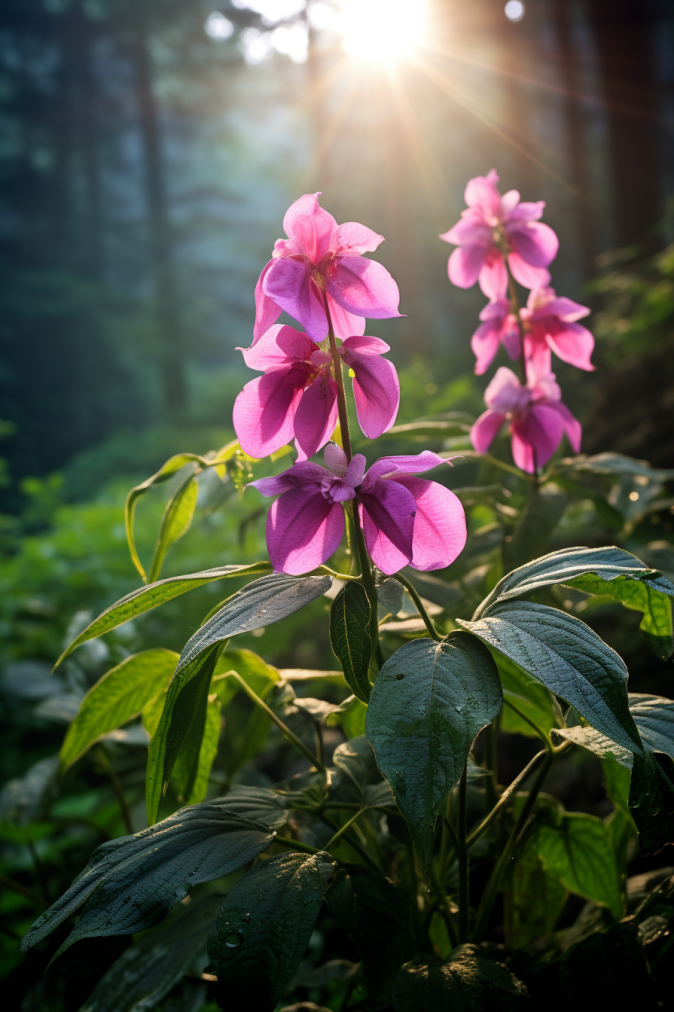
The harmful impacts of invasive plants extend beyond the surface, reaching deep into the intricate web of ecosystems.
Let’s delve into the specifics, examining how and why these intruders pose significant threats to the environment.
Alteration of soil composition
Invasive plants are more than just competitors for sunlight and nutrients; they have the power to reshape the very ground beneath us.
As they take over, they can change the makeup of the soil by releasing chemicals that modify its structure and nutrient levels.
This transformation creates an environment that might not be suitable for the growth of native plants.
Disruption of nutrient cycles
As invasive plants strive to take over, they frequently disturb the natural nutrient cycles of an ecosystem.
Their excessive consumption of nutrients can throw off the balance, causing imbalances in crucial elements like nitrogen and phosphorus.
This upheaval affects the availability of nutrients for other organisms within the ecosystem.
Increased risk of wildfires
Certain invasive plants have features that significantly increase the likelihood of wildfires.
Their capacity to create thick, dense clusters, combined with their high flammability, sets the stage for fires to spread quickly.
This doesn’t just directly threaten plant life but also puts wildlife and nearby communities at risk.
Challenges for native wildlife
Local wildlife encounters challenges in adapting to the alterations caused by invasive plants.
The disturbance in plant communities can reduce the accessibility of food for herbivores, impacting them and, consequently, carnivores.
Habitat loss and modifications in the structure of vegetation additionally hinder the survival and reproductive capabilities of native species.
Struggle for suitable habitats
As invasive plants transform landscapes, native wildlife faces difficulties in locating suitable habitats.
The modifications in vegetation structure, along with shifts in food availability, present challenges for species adapted to particular ecological niches.
This quest for appropriate habitats may result in the displacement and decline of native wildlife.
Impact on human activities
In agriculture, these plants can outcompete crops for resources, leading to lower yields and impacting food production.
In forestry, they may impede the growth of valuable timber species, affecting both economic and ecological aspects of forest management.
How to Prevent the Spread of Invasive Varieties
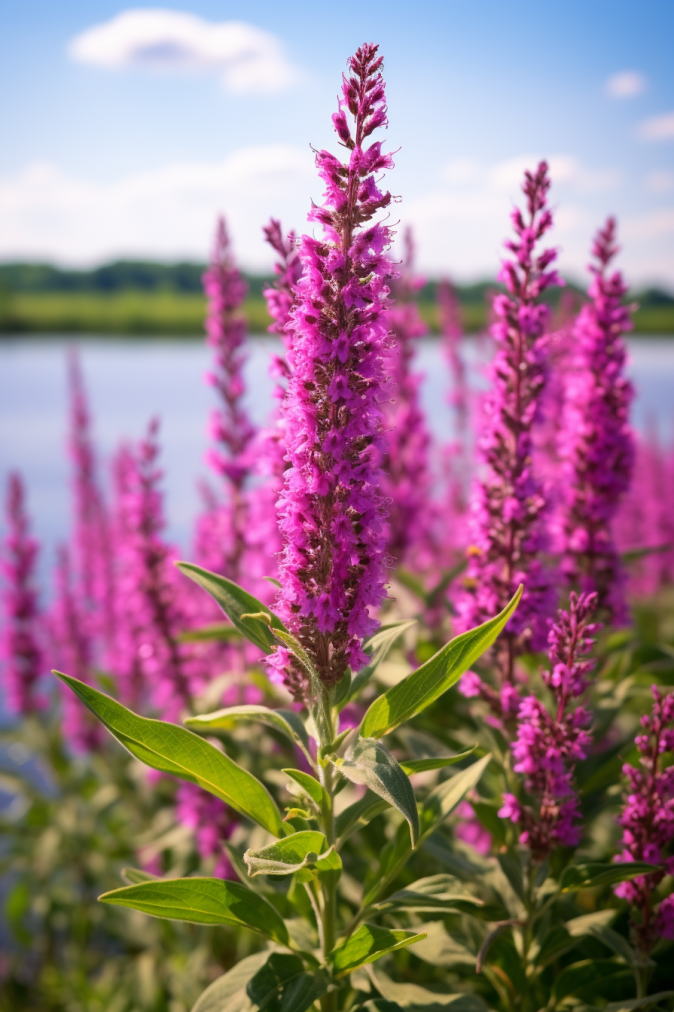
Preserving our ecosystems and safeguarding native biodiversity is paramount, and preventing the spread of invasive species plays a crucial role in achieving this goal.
To effectively address this challenge, consider implementing the following key strategies:
Clean your gear
Upon completing your outdoor adventure, it’s essential to dedicate a moment to thoroughly clean your gear.
Whether you’re an avid hiker, camper, or nature enthusiast, be mindful that invasive plant seeds might latch onto your boots, clothing, or equipment.
Take the time to brush off any accumulated dirt and debris, and carefully inspect for any lingering seeds.
Inspect and clean vehicles
Before departing from natural areas, it’s crucial to be aware that vehicles can unknowingly transport invasive seeds.
Take a moment to inspect your vehicle for any plant material, seeds, or soil.
By cleaning mud and debris from your tires and wheel wells, you significantly minimize the risk of unintentionally transporting invasive species to new locations.
Educate yourself
In the battle against invasive plants, knowledge stands as a potent tool.
Invest time in educating yourself about prevalent invasive species in your region.
Gain insights into their characteristics, preferred habitats, and modes of spread.
Follow local regulations
Stay informed about regulations and guidelines set by local authorities to manage invasive plants.
This is particularly important for landowners and individuals engaged in gardening activities.
Be mindful in your garden
For gardeners, prioritizing native plants over invasive ones is a wise choice.
When selecting plants for your garden, be mindful of their origin, and steer clear of species known for their invasive tendencies.
Support restoration efforts
Engage in local restoration initiatives targeting invasive plants.
Involvement in community-based projects not only aids in restoring natural habitats but also nurtures a shared sense of responsibility.
Report sightings
Should you encounter plants that appear to be invasive during your outdoor activities, promptly report them to local authorities or conservation organizations.
Early detection and reporting are pivotal in implementing effective management strategies.
- Read also: A Guide to Whitefly Control on Vegetables
- Read also: Flowers for Vegetable Garden Pest Control
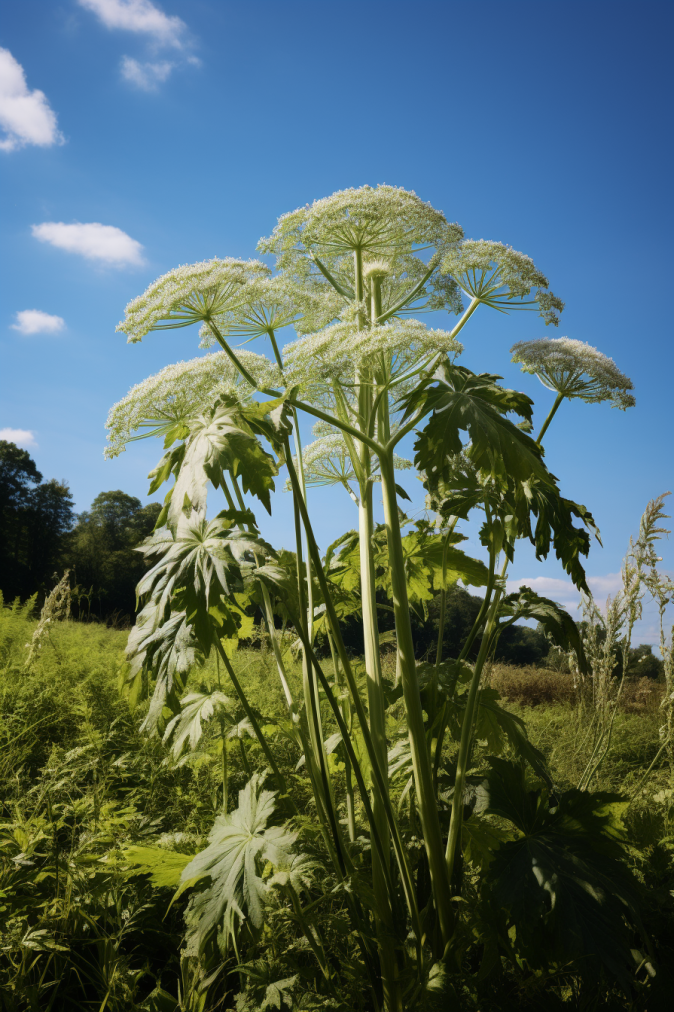
Conclusion
As we explore the complex tapestry of nature, it is crucial to recognize the significance of invasive plants.
By familiarizing ourselves with their traits, identifying specific examples, and actively engaging in prevention initiatives, we can work towards preserving a well-balanced and diverse ecosystem for the benefit of future generations.
Frequently Ask Questions
Yes, with proactive management strategies, including early detection, removal, and habitat restoration, the spread of invasive plants can be controlled.
Invasive plants can disrupt ecosystems, making it challenging for native wildlife to find food and suitable habitats, leading to declines in population.
No, not all non-native plants are invasive. Invasiveness depends on the specific characteristics and behavior of the plant in its new environment.

